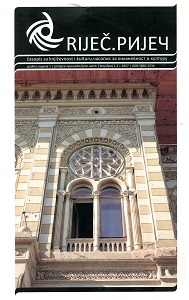

Cvijetin Ristanović - o knjizi Momira Milinkovića 393 Atif Kujundžić - o knjizi Zlatka Dukića 403 Zorica Turjačanin - o knjizi Sklavinosa Savasa 405 Mato Nedić - o knjizi Igora Divkovića 409 Sead Mahmutefendić - o knjizi Dževada Jahića 411 Ranko Mladenoski - o knjizi Slavča Koviloskog 417 Željka Lovrenčić - o knjizi Ane Horvat 421 Željka Lovrenčić - o knjizi Davora Velnića 423 Suvad Alagić - o knjizi Žarka Milenića 425 Anto Pranjkić - o knjizi Ilije Ilića 427 Ljiljana Tadić - o knjizi Ranka Pavlovića 431
More...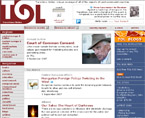
Keywords: Roma; health workers; Poverty; living conditions; HIV/AIDS; Tuberculosis; Malaria; sexually transmitted diseases; hepatitis; Iztok; condoms; sex
An anti-HIV drive seems to be working in a Bulgarian Romani quarter even as the general level of health of its residents remains worryingly poor.
More...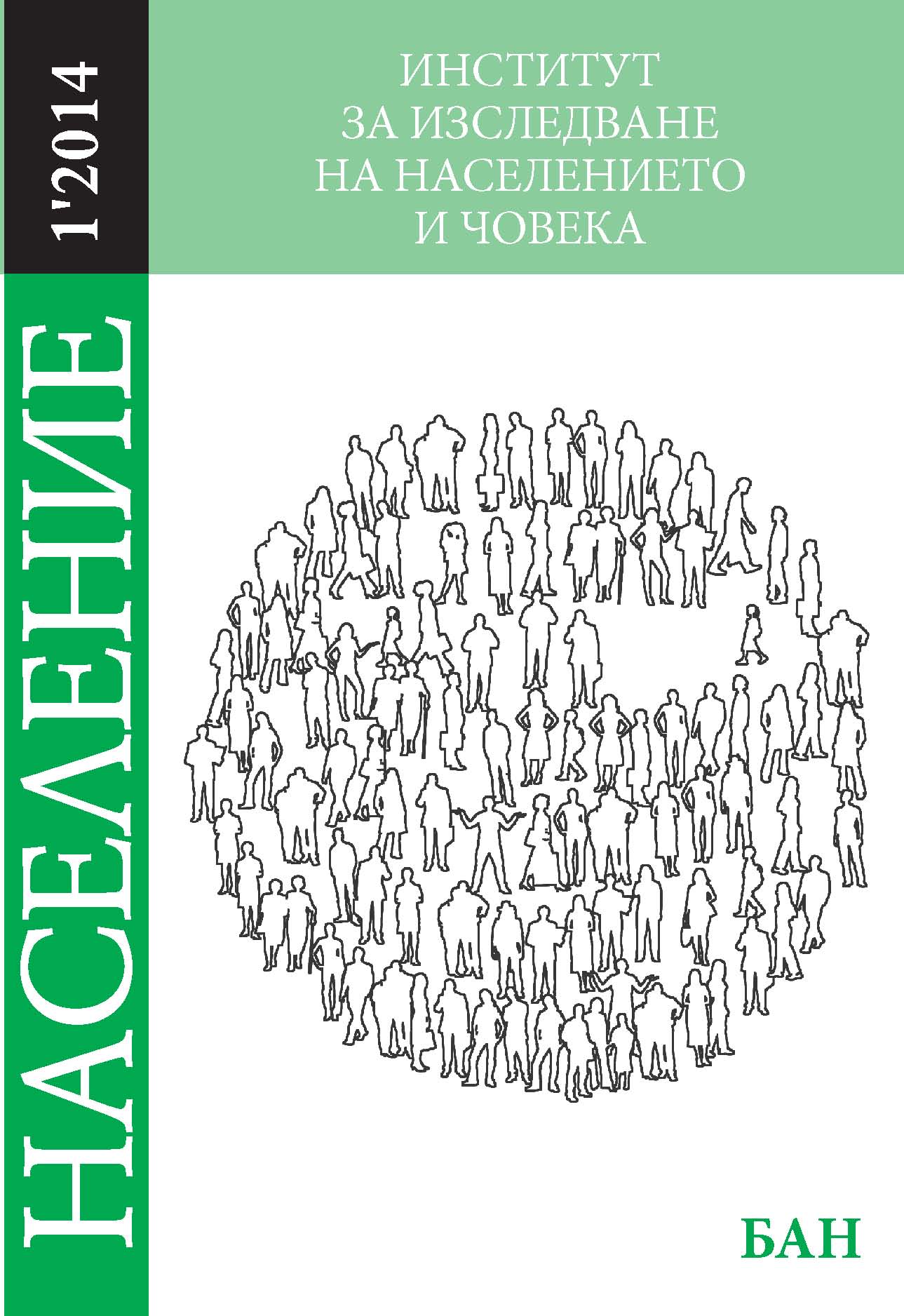
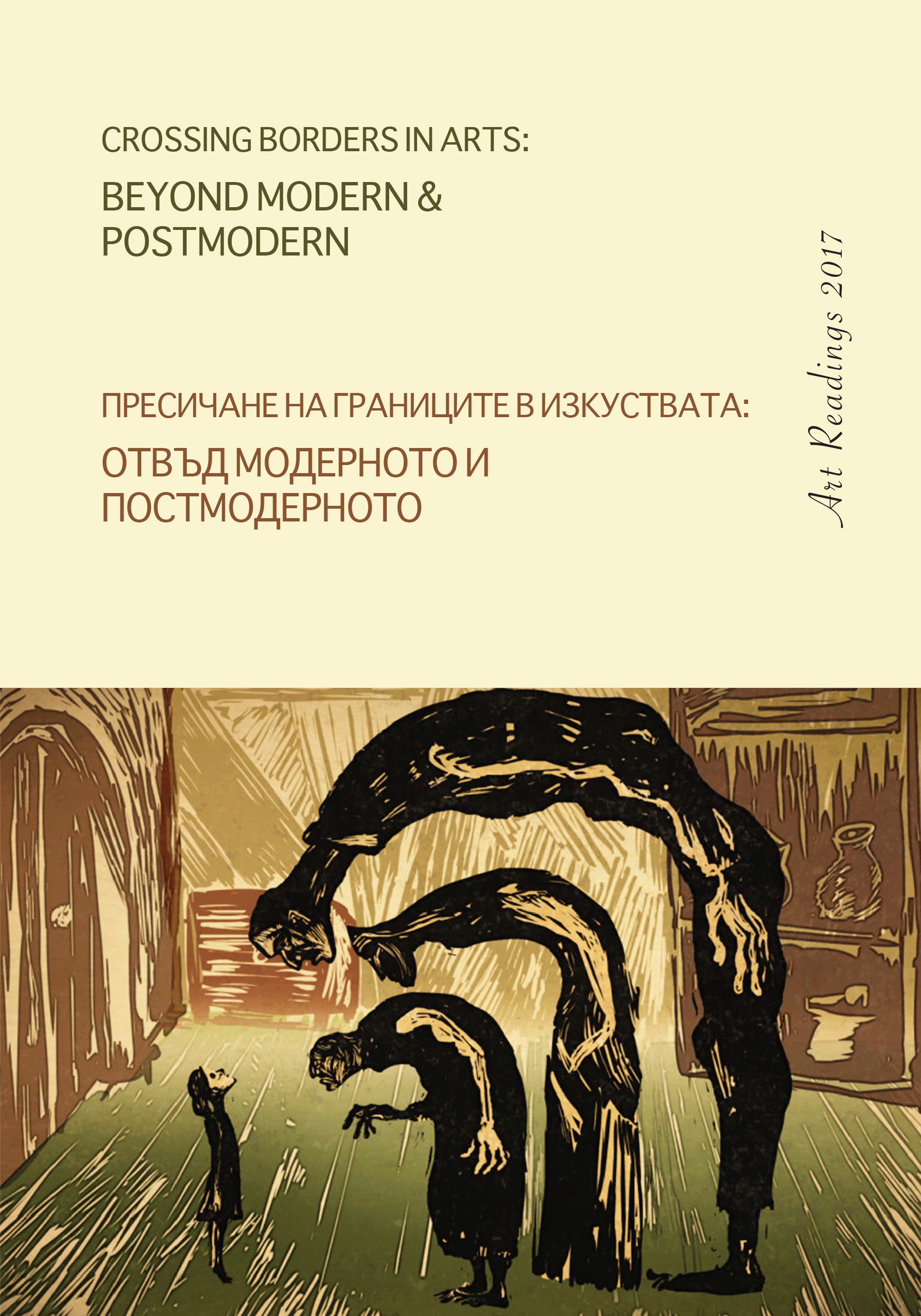
In his research paper “Metamorphosis of puppet theatre” Henryk Jurkowski introduces the term “heterogenous theatre” – theatre that contains a variety of forms of expression, where the puppet is just one of the many elements in the play, in order to contrast it with “homogenous theatre”, a characterization of the specifics of European puppetry up until the 1960’s, where the stage components are meant to be in direct service to the puppets. On the basis of these definitions, puppetry in Bulgaria after the dawn of the new millennium can be seen adhering to many of the trends and processes present in European puppetry. Different forms of “heterogenous theatre” can be identified, in which the variation in combinations between different elements creates a wide variety of concepts, aesthetics and practices. This diversity of elements is connected to the change of requirements in Bulgarian theatre after 1989, the necessity for texts that can be used for puppet theatre, the transformation of artistic spaces, the increasing role of sound and lighting, the development of the relationship between actor and puppet, as well as new approaches to communicating with the audience. Different creators of contemporary Bulgarian puppetry have different approaches to these components in order to create their own artistic style. Along with the rise of new names on the puppetry stage after 2000, established creators from the 80’s and 90’s continue to produce compelling plays. Bulgarian puppetry has evolved into many diverse styles which include: puppetry that includes puppets with different types of mechanisms being used in a single play, object theatre, puppetry with improvised puppets, material theatre, mask theatre, shadow theatre, “black box” theatre and many others. There also exists a variety of texts, which are adapted into various forms including adapted fables and myths, dramatization on a particular subject or piece of literature, plays that focus on the musical aspect of theatre and many more. The huge potential for combinations of expressive tools and the recent dual nature of the puppet (as a subject and as an object), makes the actor’s job harder – the actor has to perform multiple functions – as an animator of the puppet (classical function), and as a dramatic persona and storyteller (newer functions). “Open animation” is one of the elements that is the basis for the idea of heterogenous puppetry, it’s beginning in Bulgaria is symbolically referred to as “coming out in front of the screen”, owing to the fact that the screen has turned into a symbol of homogenous illusory puppetry, which hides motion from the viewer, a practice that dominated up until the 1960’s. When it comes to audience, the most widely represented form of puppetry in the country is aimed at children. But while less numerous, there are other interesting examples of adult and family puppetry, and recently there has been a rise in theatre for babies (0+). The sphere of puppetry aimed at children has an educational function, which makes it important to emphasize familiar storylines, situations and characters in a fun, informative way. In this regard Bulgarian puppetry is also keeping up with the stylistic developments in other European countires. This text will focus on contemporary forms of puppetry on the Bulgarian stage and analyze problems and important trends connected to aesthetics and the stage itself, in order to prove with the use of examples that the heterogenous potential of puppetry is being displayed in Bulgaria. This mainly applies to the sphere of puppetry aimed at adult audiences, since it’s specific characteristics rely on the metaphorical and symbolical use of the puppet and bring out the synthetic nature of puppetry.
More...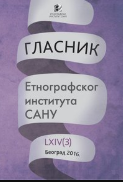
Keywords: folk dances; Macedonian minority; ethnochoreological research; archive materials;
The Macedonian minority in Serbia has always attracted great attention from Macedonian researchers, especially during the 70’s and 80’s of the 20th century. The interest, except in historical, philological and cultural terms, was also present regarding the dance tradition. This text will deal with the transfer, nurturing and maintenance of the dance tradition among the Macedonians in Glogonj and Jabuka, according to examples from the ethnochoreologist Mihailo Dimovski’s research. He had taken an interest in Macedonian minority in 1973, whereupon he performed an extensive ethnochoreological research and collected extensive material. His records, which are in the Archive of the Institute of Folklore "Marco Cepenkov" – Skopje, have not been completely published yet. Thus, the text will be an attempt to present his findings regarding the dance tradition of the Macedonian diaspora in the said period
More...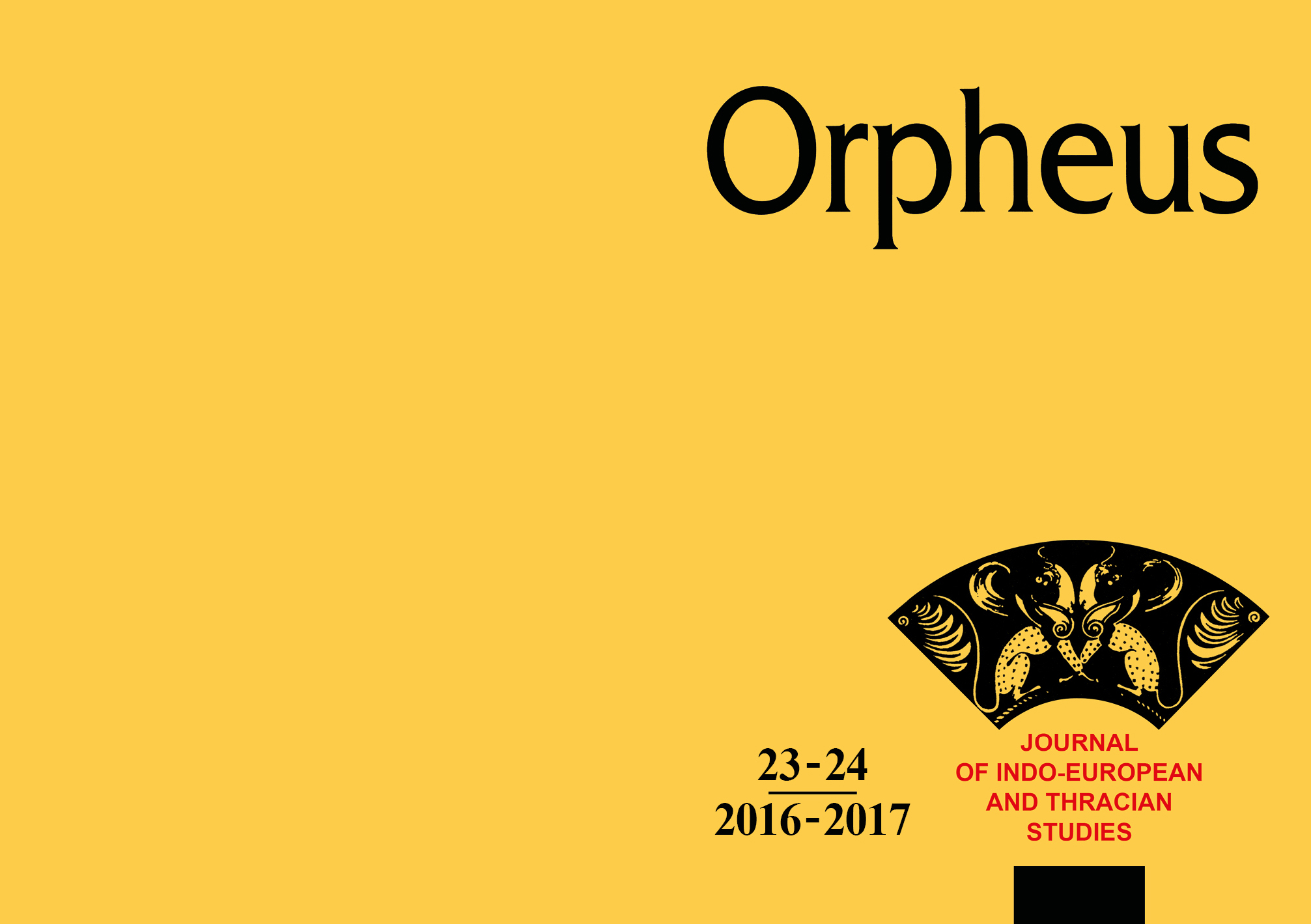
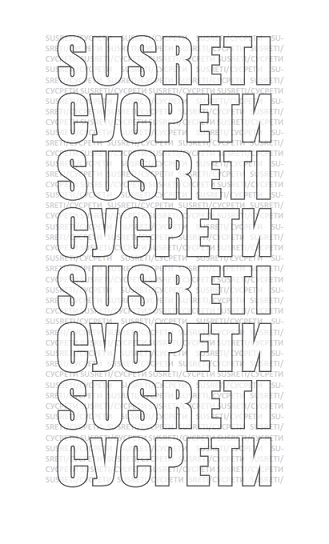
Keywords: Book review; literature; poetry; novel;
The review of: - Nataša KRAMBERGER: PRIMERLJIVI HEKTARJI, LUD Literatura, Ljubljana, 2017; - Радослав МИЛОШЕВИЋ: КАПИЈЕ ЉУБАВИ, Свет књиге, Београд, 2012; - Ристо ВАСИЛЕВСКИ: СРЦЕ КРУГА, Арка, Смедерево, 2018; - Jidi MAJIA: OD LEOPARDA DO MAJAKOVSKOG, pjesme i govori, Književni klub Brčko distrikt BiH, Brčko, 2017.; - Slavčo KOVILOSKI: KRALJEVIĆ MARKO, Književni klub Brčko distrikt BiH, 2017.; - Томислав МАРИНКОВИЋ: ВЕЧИТО САДА, Архипелаг, Београд. 2018.; - Владимир ПИШТАЛО: СУНЦЕ ОВОГ ДАНА, Агора, Зрењанин, 2017.; - Siniša SUŠIĆ: ZLATNI ZMAJ - LAŽ, Otvorena knjiga, Beograd, 2018.; - Marijana MARTINČIĆ NOVAKOVIĆ: SIMFONIJA ŽIVOTA, vlastita naklada, Pula, 2018.; - Mato NEDIĆ: ANTIKVARIJAT, Centar za kulturu, Orašje, 2016..
More...
Keywords: subculture; hip hop culture; modernism; social justice; civic activism
Hip hop culture has emerged in the 1970es as culture of socially deprived groups, based on art forms and expressions. Hip Hop Macedonia is organisation dedicated to preservance of original values of hip hop culture. As such, its members developed multidisciplinary art forms and wide range of other cultural forms for “hip hop generation”, so they can maintain the core values of the culture in this period of society transformation from modernism to postmodernism.
More...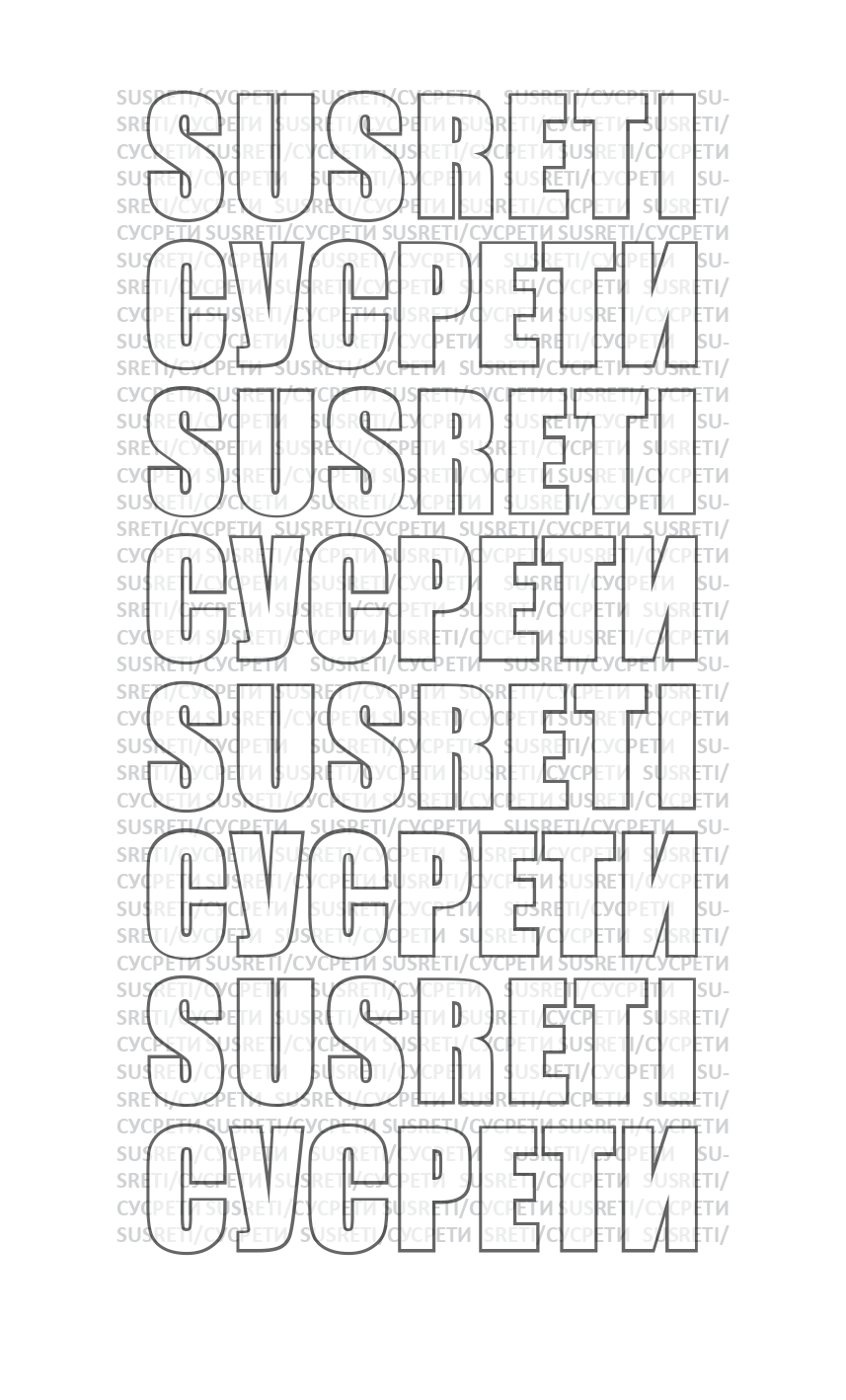
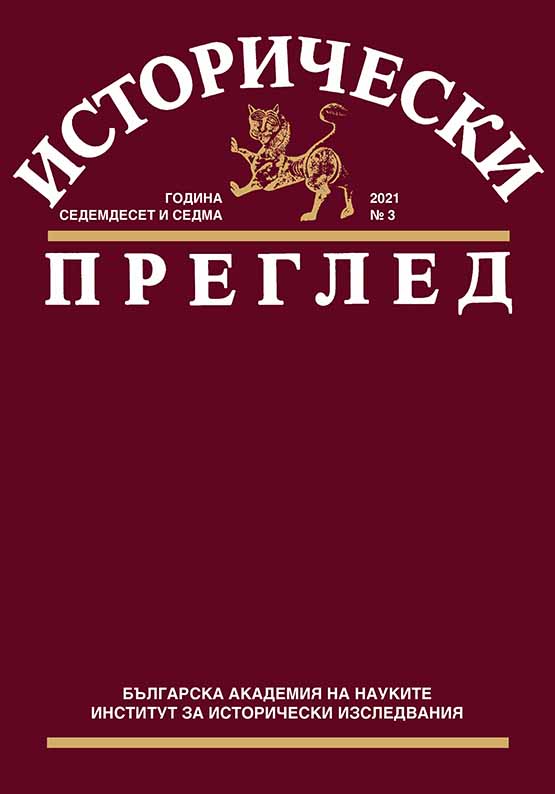
Keywords: girls’ education; Macedonia; girls’ schools;
The study focuses on the development of the Bulgarian girls’ education in the historical-geographical region of Macedonia during the Revival, as an important stage in the emancipation of the female sex. It can be noted that the first girls’ schools in the district had a short life due to a number of difficulties in their functioning. It should not be forgotten that in the ethnically diverse Macedonian provinces of the Ottoman Empire, their opening was more an expression of local patriotism and an attempt to overcome Greek influence in cities with a rather mixed population. From the second half of the 19th century Bulgarian girls’ schools were organized in the larger cities largely thanks to the tireless work of the teachers from Sopot Nedelya Petkova and her daughter Stanislava Karaivanova. Although timid at this early stage, the issue of girls’ education involved many women and raised the issue of the women’s movement among Bulgarians in Macedonia.
More...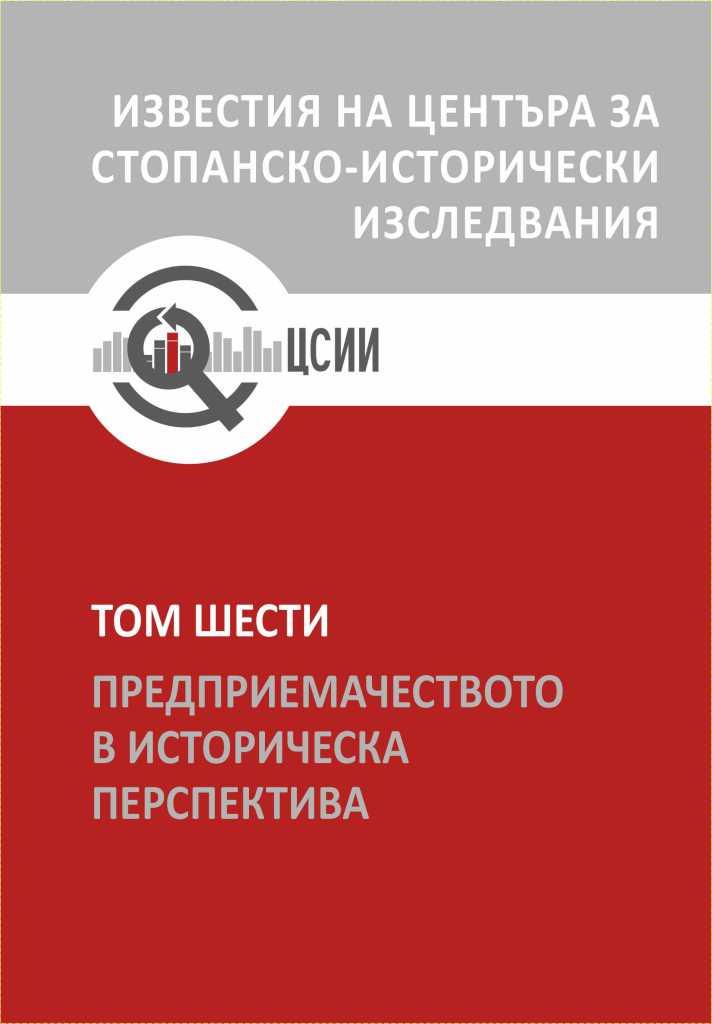
Keywords: architect; entrepreneur; building contractor; Veliko Turnovo; building materials production
As construction proves the most indicative economic marker, the correlation between architecture and economics outlines the overall political and economic context as the major factors that determined the architectural outlook of Veliko Turnovo and reveals symptomatic facts about the professional activities of the architects who worked there during the period of the Third Bulgarian State (1878-1944). The entrepreneurial activities of the Bulgarian architects, who constituted the modern townscape of Veliko Turnovo, are analyzed within the political, economic and legislative context in order to reveal concrete professional careers’ details. Comparison with the undertakings of the architects, born in Veliko Turnovo and the region, who migrated to other towns, serves as a base for summarizing major tendencies in the architectural profession in the period.
More...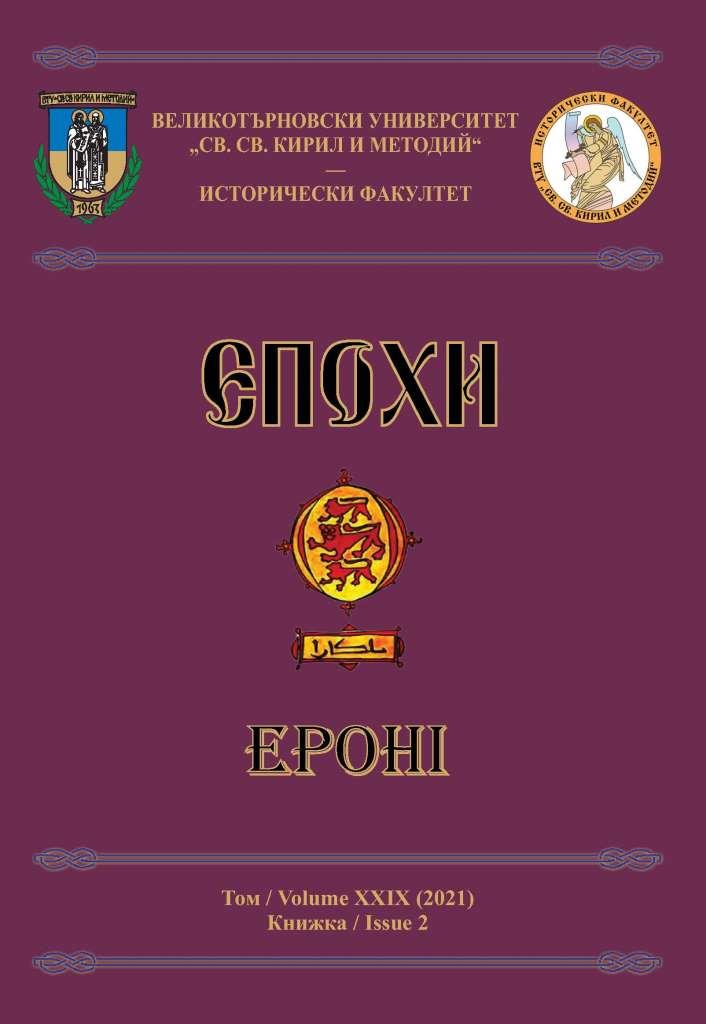
Keywords: historical demography; history of the Bulgarian lands in prehistory and antiquity
Clarifying the demographic state of humankind during all periods of its historical development is an issue that has long been of interest to the scientific community. This paper traces the specifics and trends in the dynamics of the main demographic processes and structures of the population that has inhabited the Bulgarian lands in prehistory and antiquity. Their analysis allows us to establish that, according to the parameters of the studied indicators, the studied area can be related to the Mediterranean area, whose development was ahead of the rest of the world at that time.
More...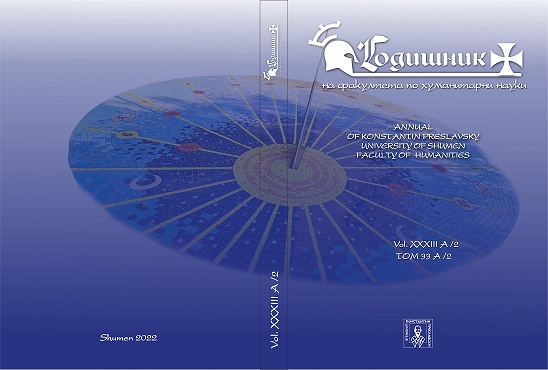
Keywords: “Shumen text”; Shumen University; provincialism; memoirs; mythologising discourse
The text reconstructs "Shumen text" in Bulgarian literature / culture, based on texts of different genres (historic, memoir, literary), considering the problem of provincialism and the correlation between "grand narrative" and “everyday narrative”. Among memoir texts stand out the memories of Shumen university, featuring a combination of mythologising discourse and self-irony; an awareness of provincialism and a problematisation of this category.
More...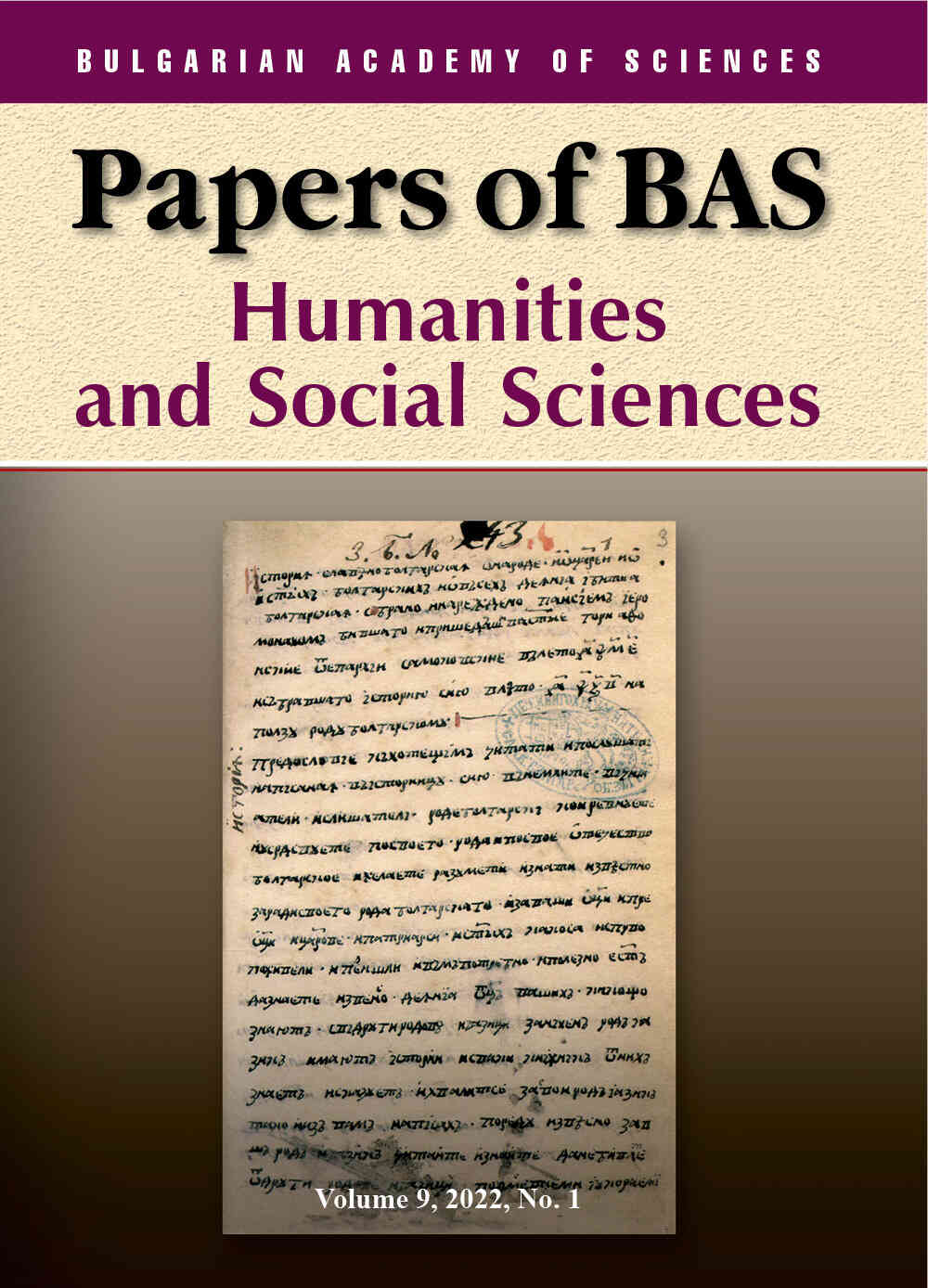
Keywords: tobacco industry; Haskovo; Herzog and Co.; Georgi Ioannou; State Tobacco Monopoly
The article presents a short extract from the monography "The Untold Stories of Haskovo Merchants and Fabricants" which is the first complete and detailed economic history of Haskovo region from 19th to 21st century, with great contribution to the local and national history. The article follows the history from the introduction of tobacco processing and cigarette making to the tobacco worker strikes in 1953, which is the most essential part of the history of the tremendous tobacco industry of Haskovo. The subject has been elaborated little and unsufficiently by Bulgarian historians and quite well by foreign ones, more or less correct in the historical data and detail, but competently captured the local culture and lifestyle in spirit of time.
More...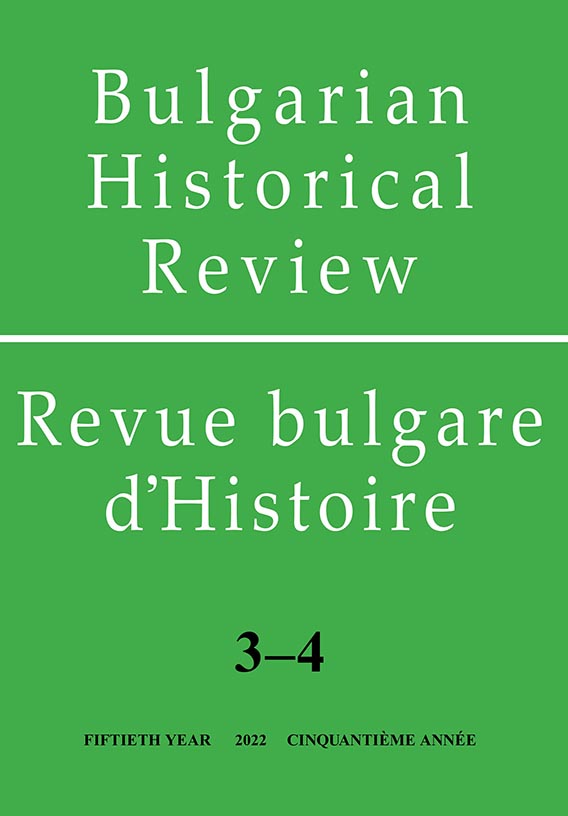
Keywords: historical demography; family; history of Bulgaria 1912–1944;
The article presents the most important legislative initiatives of the Kingdom of Bulgaria targeted at the family in the period 1912–1944. The major goal is to outline the legislative measures aimed at strengthening the families as the main reproductive unit of society. In general, the state maintained the policy of promoting marital fertility and the system of family supplements for children was introduced for the first time. At the end of the period, the policy acquired a discriminatory character, focusing on supporting families of Bulgarian ethnic origin.
More...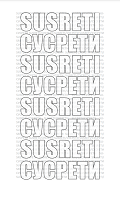
Keywords: book review; Žarko Milenik; Macedonian literature; literature for children;
Review of: Жарко МИЛЕНИЌ: ЛЕОН, УЧЕНИКОТ НА ВОЛШЕБНИКОТ, Македоника литера, Скопје, 2022.
More...